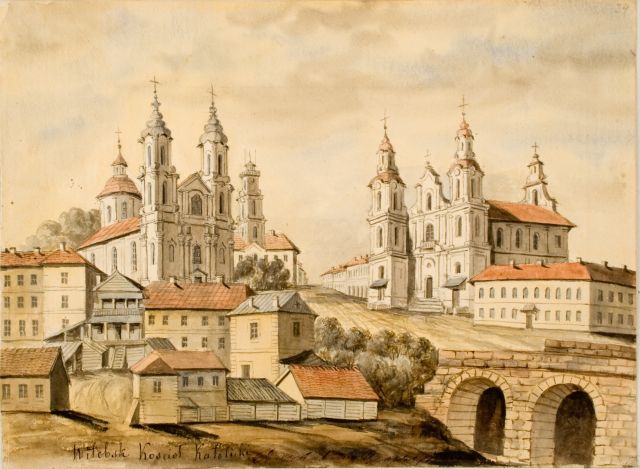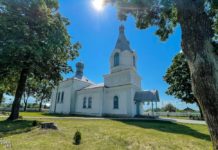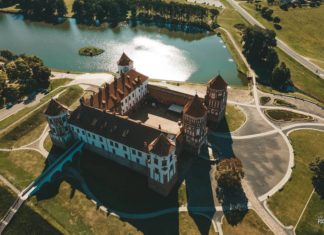Drawings and lithographs Napoleon Orda preserved iconic places of Belaruswhich the author visited and captured in the second half of the 19th century. It was thanks to his work that it became possible to reconstruct dozens of monuments, as well as to understand how the architecture and the state of certain sights changed. This article is a little about biographies and the life path of this legendary traveler and composer.
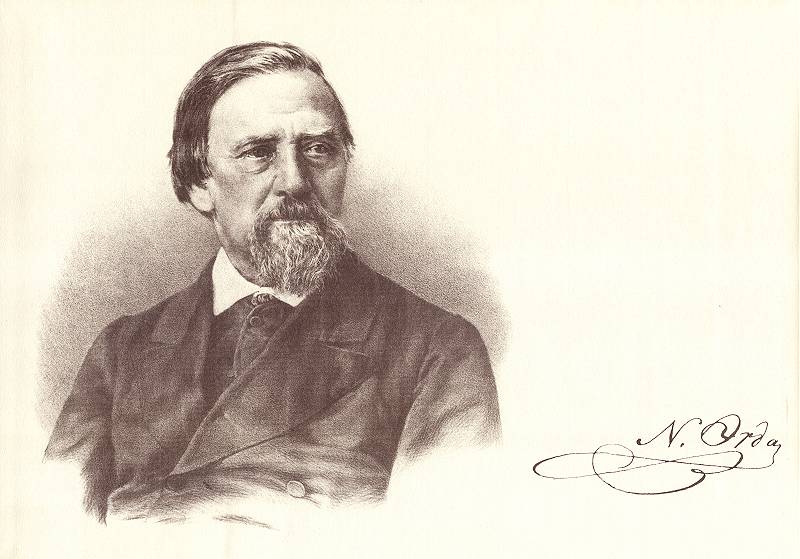
Biography
Born Napoleon Orda in 1807 in the village Vorotsevichi, Brest region, in a wealthy family of a noble leader Kobrinsky county. When the future artist was two years old, his father died, and his mother was engaged in further education. After graduating Svislochskaya gymnasium, young Napoleon entered the Faculty of Physics and Mathematics of the University in Vilna. Later, for his personal participation in the insurrectionary movement of 1831, Napoleon received a golden cross. Virtuti Military. The uprising was crushed, and the young rebel almost went to Siberia, having lost the right to his family estate.

Because of this, they had to leave their native lands and go on a long emigration, which will last almost 25 years. Napoleon Orda during this period of his life settled in the capital of France, where he received emigrant status. There he met with famous figures of culture and art: Balzac, Turgenev, Verdi, Liszt, Berlioz, Chopin and many others.
All these people influenced and helped Napoleon in the formation and development of knowledge in various fields. The Horde was also engaged in literature, sculpture and was a teacher - this is, of course, in addition to the main areas (painting and music).
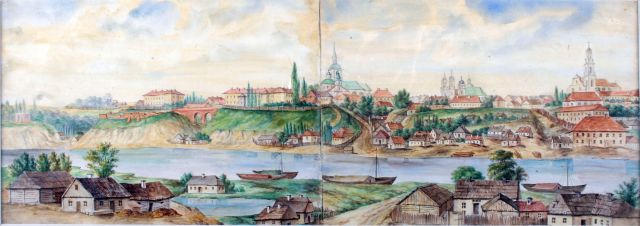
The French period of life can be called successful and fruitful. In Paris, he married, became director of the Italian Opera, there were the first artistic experiments and, most likely, a craving for travel appeared. His first drawings, which arose during a journey of 1840-1842 in the Rhine region, have been preserved.

However, in 1856, after the amnesty of Alexander ll to the participants in the uprising, Napoleon Orda immediately left Parisian life and returned to his homeland. After returning, the very period of creativity begins, during which unique paintings with landscapes and architecture of Belarus were created.
Drawing in the village of Smolyany, Vitebsk region, ruins of the castle “White Kovel”


In the foreground Church of the Transfiguration of the Lord, on the back - ruins of Mindovga castle in the city of Novogrudok
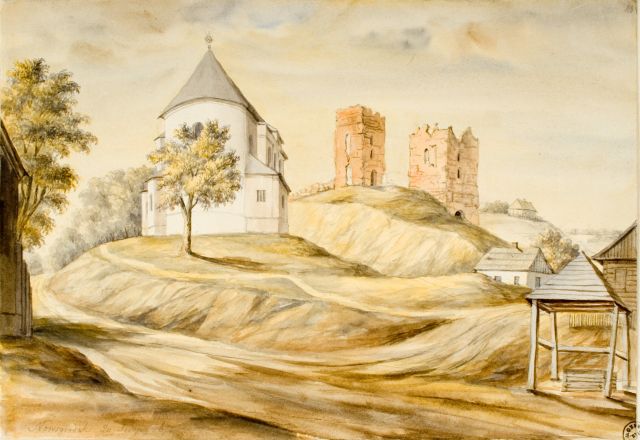

Czapski Palace in Priluki


Returning to his homeland, Napoleon Orda spends a lot of time at the family estate in Vorotsevichi and with his sister in Pinsk. However, quite soon, events happened that changed the way of life again. In 1866, the Horde was arrested for active participation in the uprising of 1863-1864. The judiciary issued a verdict to send him to the distant provinces of the Russian Empire, but thanks to French intervention, the verdict was canceled. However, Napoleon lost his parental home and the place where he spent his childhood, the estate was confiscated and sold to a Russian general.
Sapieha Palace in Ruzhany in the works of Napoleon Orda
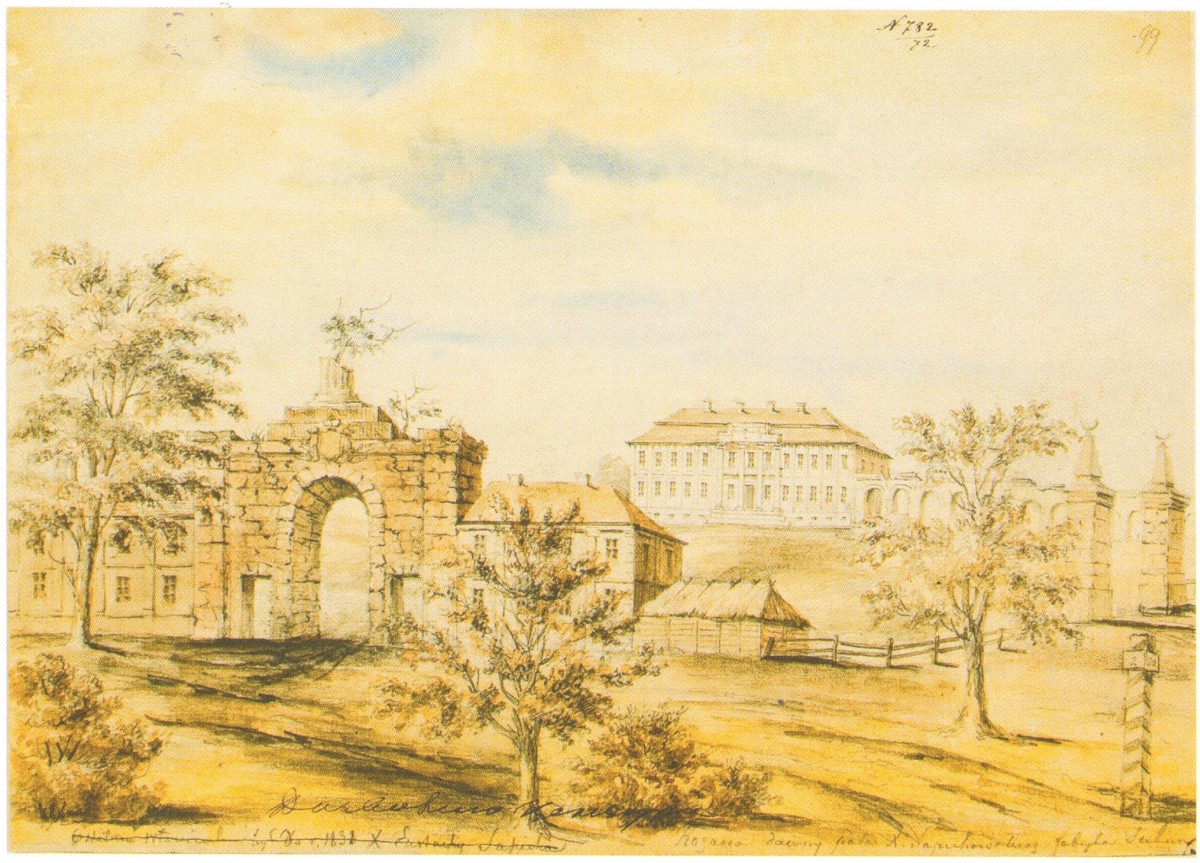

In the drawings of Napoleon, the Horde is preserved manor Tyszkiewicz in Logoisk

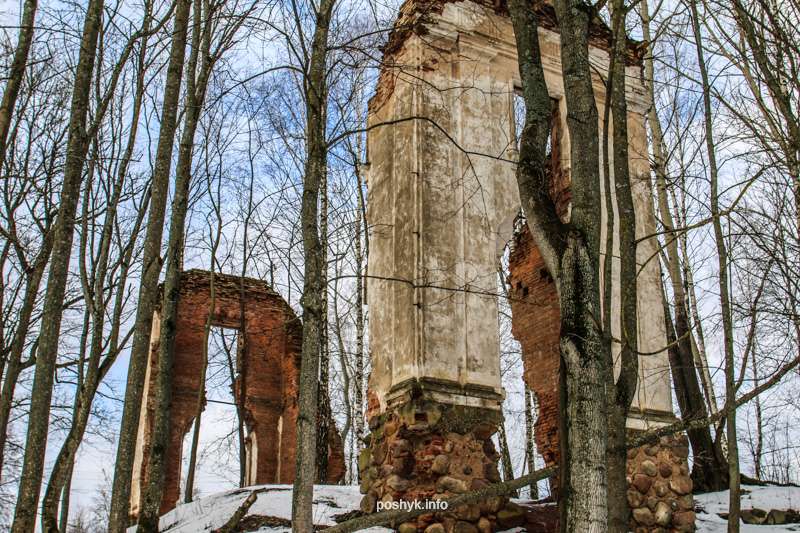
Vitebsk
First of all, Napoleon Orda is known precisely because of the landscapes of our (and not only) architectural sights. It is difficult to imagine at least one estate or castle where this person has not set foot. The most active and most likely productive time fell on the period from 1865 - 1877 of the year.
The value of the artist's legacy lies in the fact that most of the original buildings are forever destroyed by natural and anthropogenic factors, and it is possible to get acquainted with them only with the help of paintings by Napoleon Orda.
The collection collection consists of a number of sketches: landscapes of architecture, landscape gardening complexes, defensive lines, and even ordinary houses and churches.
"After returning, the idea occurred to me to go around our province, so dear to our hearts, but so little known to our compatriots. Traveling with a pencil in hand, I drew the remnants of our former glory and civilization.”Napoleon wrote to his comrade and friend Domeiko
Former Jesuit Monastery and Church of the Virgin Mary in Minsk in a mid-19th century painting
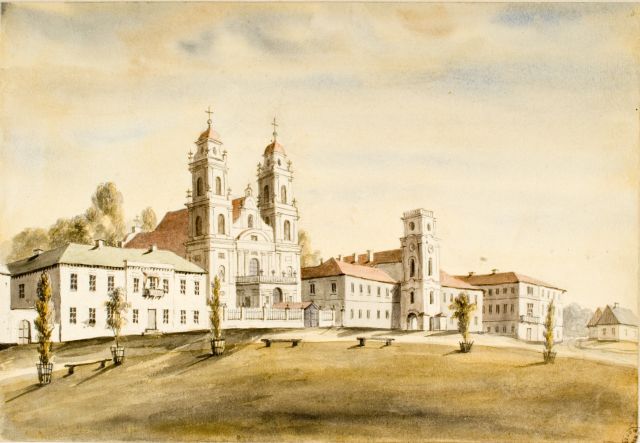
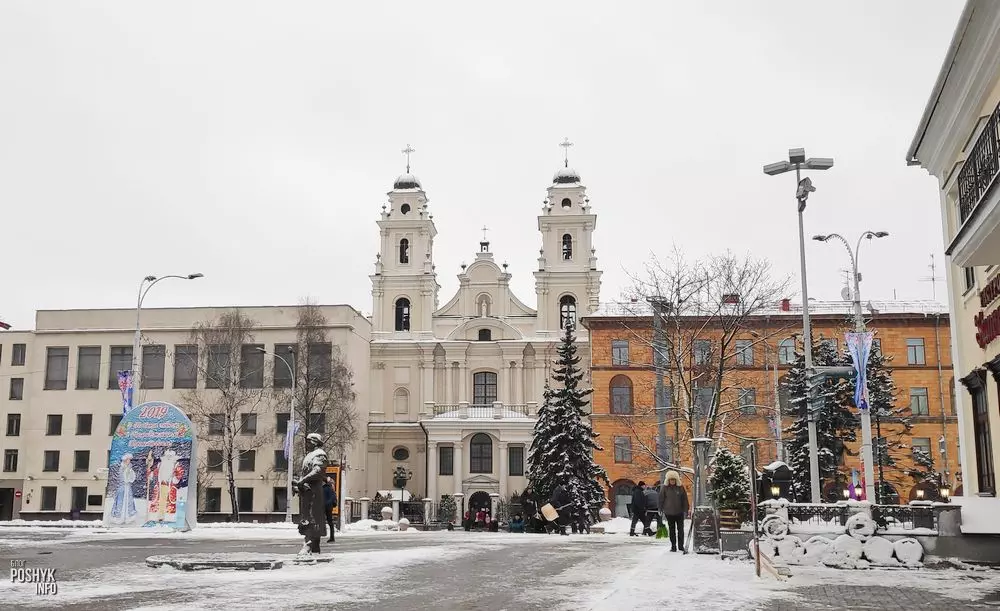
Palace of the Radziwills in Nesvizh
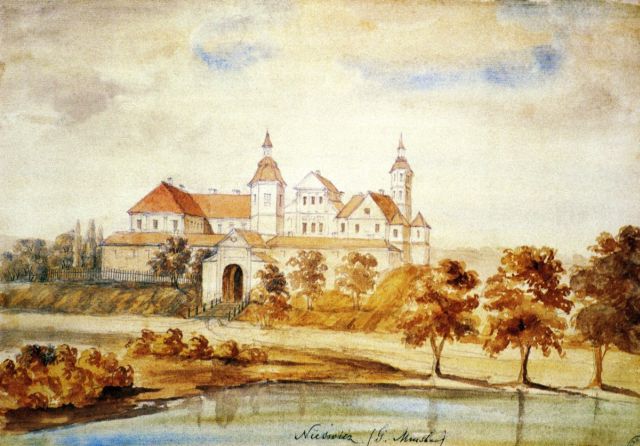

Former Khreptovichi Palace in Beshenkovichi
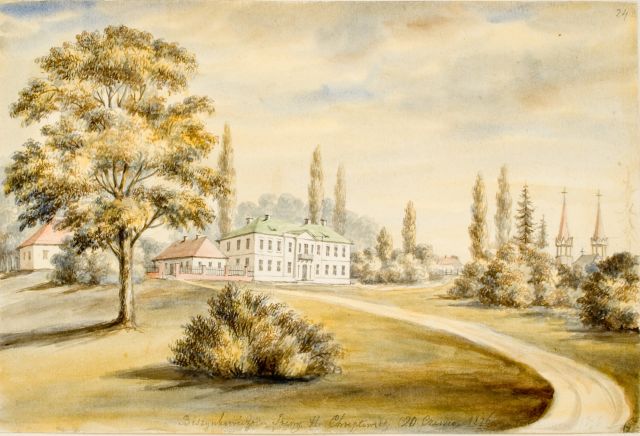
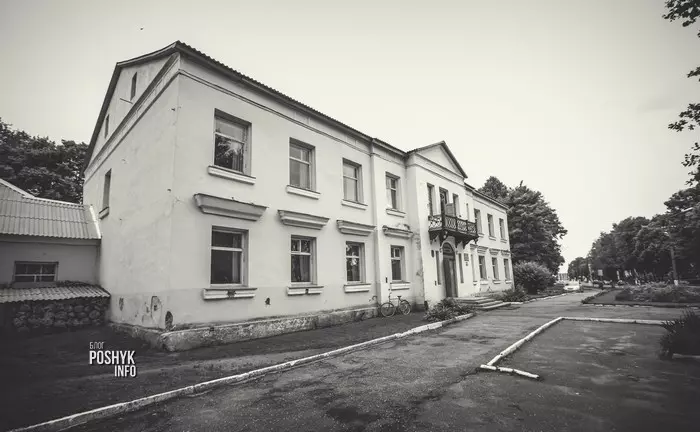
In addition to the visual arts, Napoleon had exceptional musical and pedagogical skills, but still gave preference to painting. For his creative activity, the Horde created more than a thousand watercolor and graphic works of both his native land and part of Europe. Even the artist's contemporaries note the uniqueness of this collection.
Most of the collection series of our fellow countryman is in the National Museum Krakow, something can be seen in National Library Belarus. The works are the most valuable material for both historians and restorers.
The main attraction of Vitebsk region is Sophia Cathedral


Ruin castle in Golshany

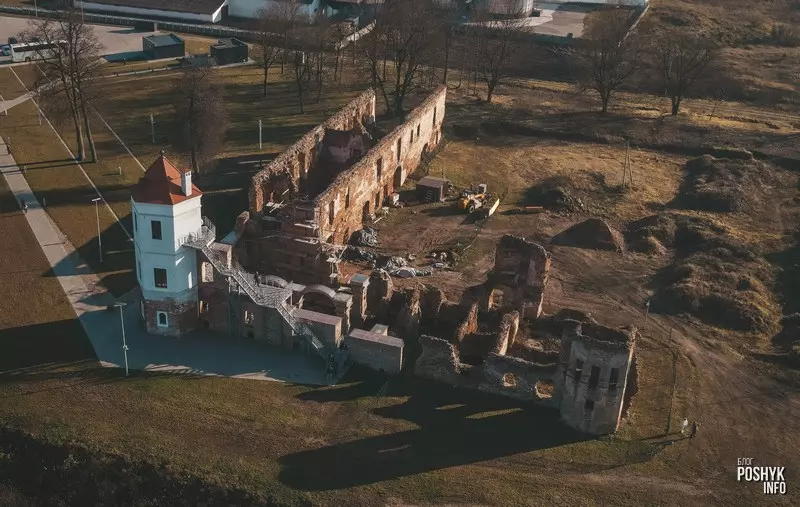
Ruin Brama Sapieha in Vysokoe

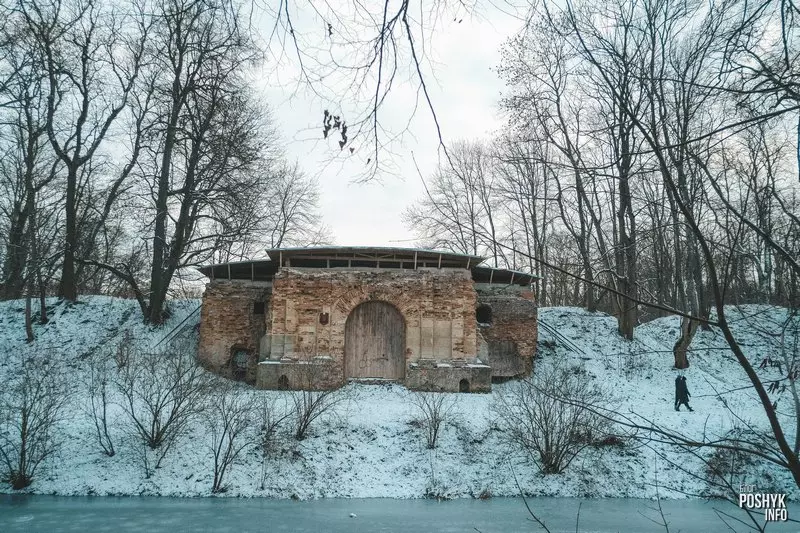
There are several cities in Belarus where streets in honor of Napoleon Orda meet - Minsk, Grodno and Brest. In Vorotsevichi there is a museum dedicated to life, travel and creativity, and in Ivanovo a the only monument in Europe in honor of the author.
The former the estate of the Puslovskys in Old Sands
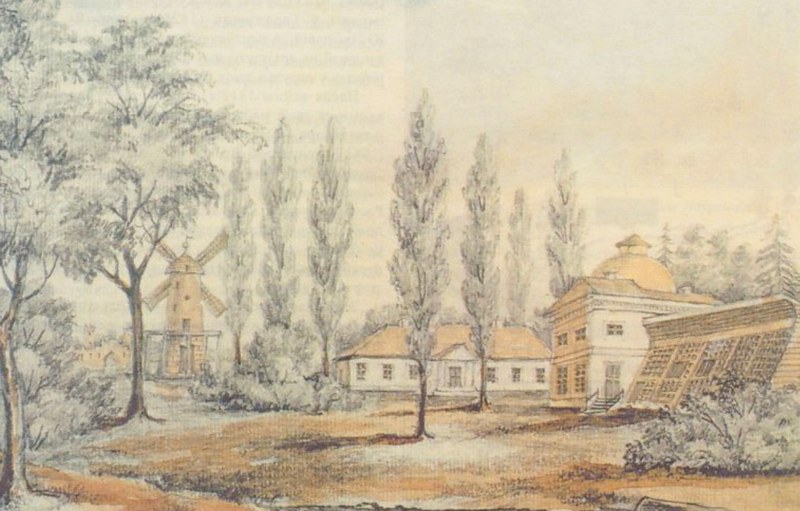

Part of the estate and Library of the Chapskys “Skarbets” in Stankovo


Manor Merzheevsky in the village of Grozov


Napoleon Orda died in the capital of Poland, when he was 76 years old, but he was buried in Ivanovo (formerly Yanov) by will in the crypt of his family. Most of the famous sights of Belarus are depicted on the works of the Horde, it can be safely called the main traveler of our country.
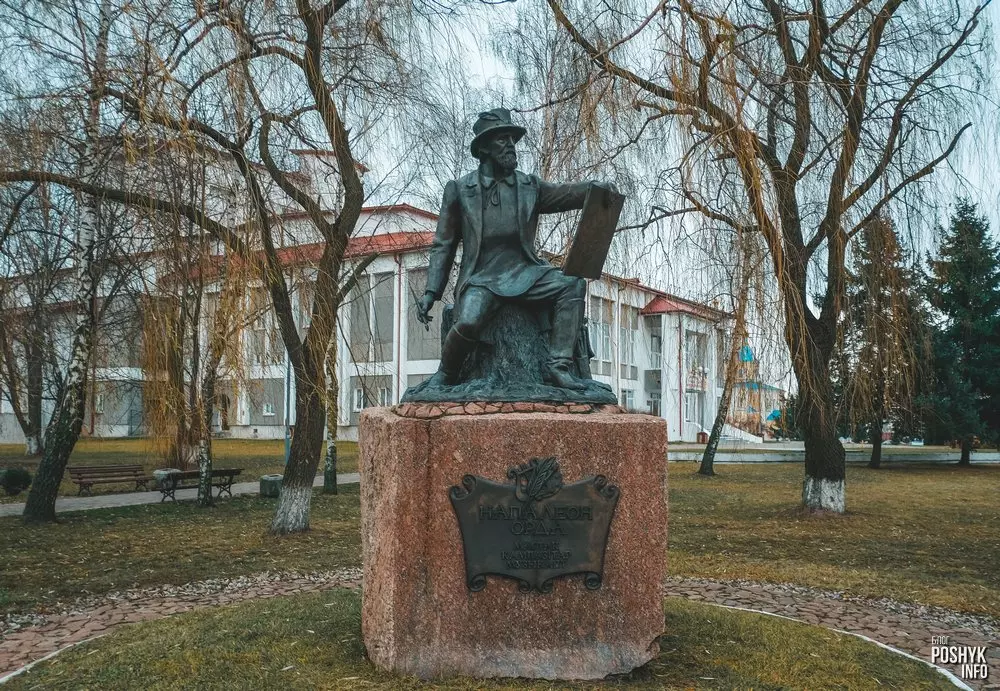
Photographs of drawings by Napoleon Orda were used for illustrations for the article.

